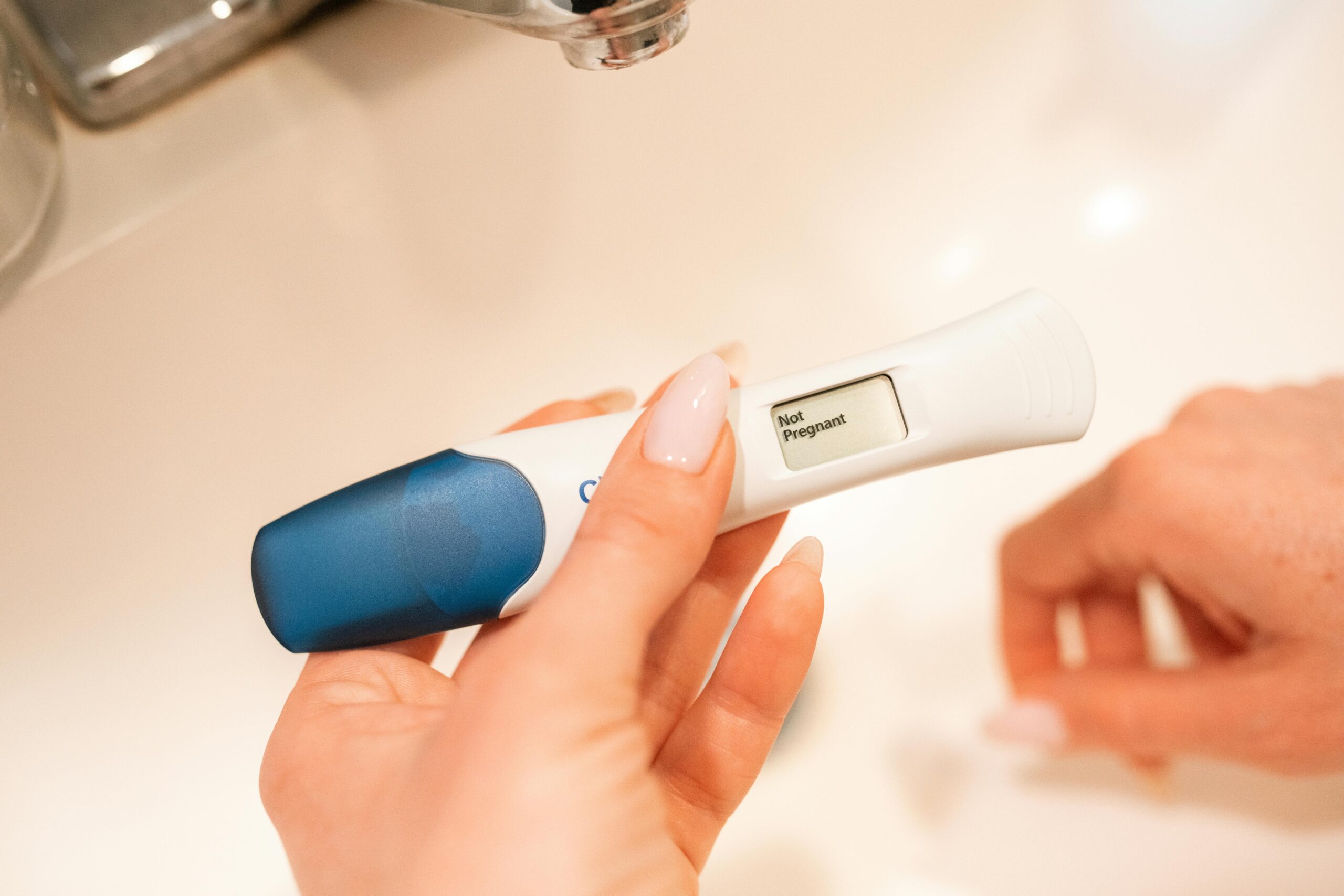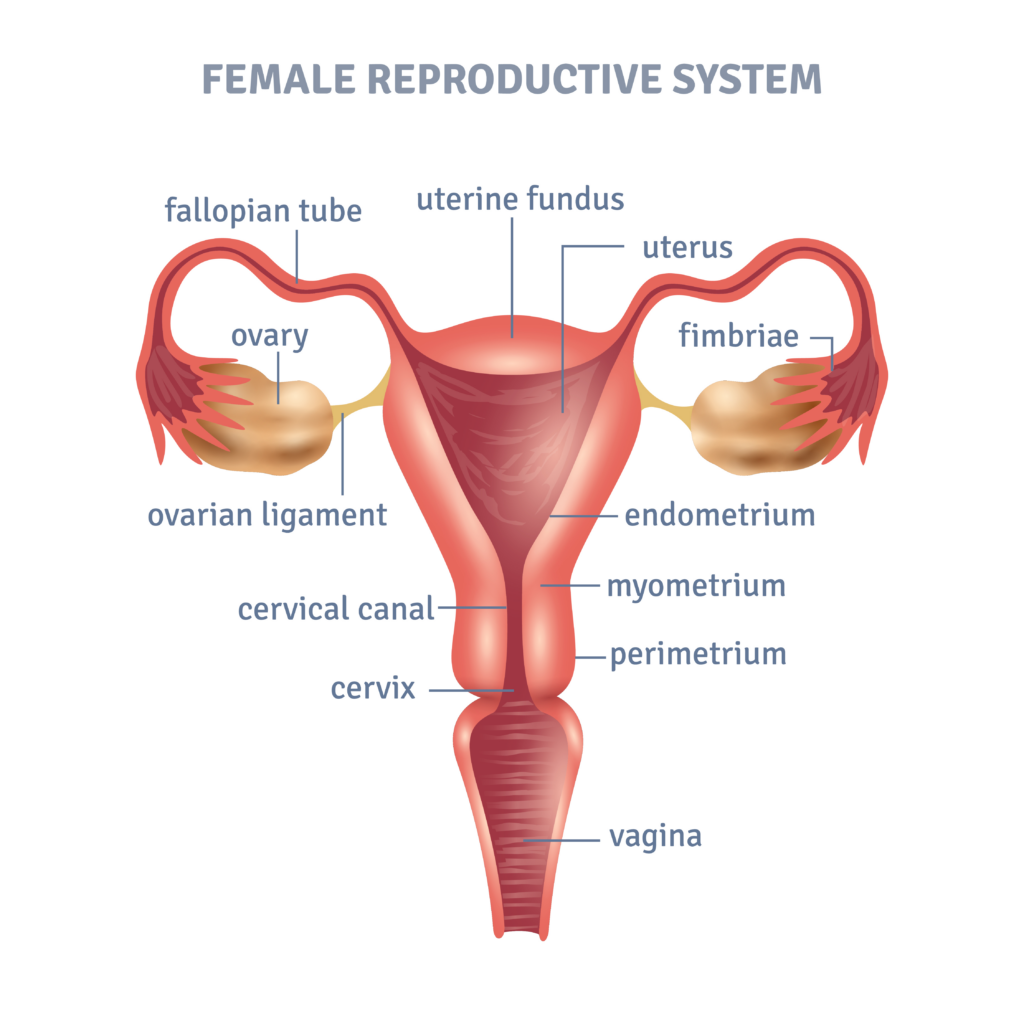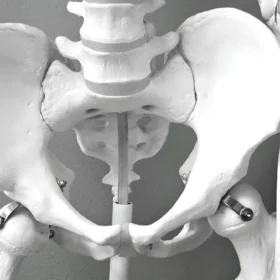
Female reproductive system & functions explained
In this article
What's the lowdown?
The female reproductive system is made up of internal and external genitalia
It is both a pleasure organ and a reproductive organ
30% of women develop some form of fertility or gynaecological condition in their lifetime
The gender health gap in the UK is shocking. 1 in 3 women suffer from a form of gynaecological or reproductive condition1 at some point in their life and over 80% of women in the UK do not feel like they are listened to by healthcare professionals2. Yet only 2.5% of funding goes into women’s health research3.
The sad thing is that women’s health education is also lagging behind. In schools there is a new requirement to teach 14-18 year olds ‘the facts about reproductive health, including fertility, and the potential impact of lifestyle on fertility for men and women and menopause’4 but are they learning about life-changing issues like endometriosis, infertility, and miscarriage?
The UK government launched the Women’s Health Strategy in 2021 in response to the call for action. They have set aside £25 million to fund women’s health hubs around England5. According to Dame Lesley Regan, the UK government’s Women’s Health Ambassador, the hubs are aimed to “wrap the services around women and stop making the women run around the services”.
The best way to empower women is to educate them about their bodies. Our anatomy is incredible and should be celebrated. It can literally grow a human and every single month goes through a variety of changes in our menstrual cycle. Our bodies are clearly complex, so let’s start with the basics of the female reproductive system.
What is the female reproductive system?
There are both internal and external genitalia that make up our amazing anatomy.
Internal female genitalia
The internal genitalia lie inside our pelvis and all have specific functions6.
Vagina: This is a muscular canal that joins the cervix (neck of the womb) to the outside of the body. It can widen to accommodate a baby during birth. (I know….what!?!)
Cervix: Also called the neck of the womb, the cervix is a barrier to the uterus. It does have a small hole (called the cervical os) which allows sperm to enter and menstrual blood to exit. Just like the vagina, it can also expand to make space for a baby during delivery. The average size of the cervical os is 5-8mm if you haven’t had children and it expands to 10cm during labour. (That’s 10-20 times bigger!)
Uterus: The uterus is also known as the womb. It is a pear-shaped organ that is lined with cells and tissue called the endometrium. There are two parts of the uterus, the corpus (the top two thirds of the uterus) and the cervix (the neck, as described above). The corpus is the part the uterus that grows during pregnancy to hold a baby. The endometrium is the part that thickens throughout your menstrual cycle and sheds every month as your period. When the endometrial tissue of the uterus is found in other parts of the body, it is called endometriosis.
Ovaries: These are the two small egg shaped glands that are located at the end of each fallopian tube. Did you know you are born with all your eggs, your ovaries store them and each month one matures and is released. You are born with 1-2 million eggs, but only release 400 to 500 throughout your reproductive life. The remaining eggs degrade and are reabsorbed by the body.7
Fallopian tubes: These are two narrow tubes attached to the top of the uterus body and that act as a passage for the egg to travel from the ovary to the uterus. The fallopian tubes don’t actually attach to the ovaries, but have projections called fimbrae which sweep over the ovaries to encourage eggs to move inside them. The fallopian tubes move and contract to help the eggs pass down towards to the uterus. Normally, most eggs are fertilised by sperm in the fallopian tubes before they will make their way to the uterus to implant.
External female genitalia
This is the bit of your anatomy you can see6. The entire area is called the vulva.
Mons pubis: This is the cushioned part of your genitalia that is shaped like an upside down triangle. It is below your lower tummy. It is usually covered in pubic hair and acts to protect your pubic bone.
Labia majora: The part of your vaginal lips you can see. You actually have two vaginal lips, and the labia majora are the outer lips. They protect the external female organs and are usually covered with pubic hair after puberty.
Labia minora: These are the inner lips, found on the inside of the labia majora, right next to the vaginal opening. They do not have pubic hair. Your inner lips are not always neatly tucked away under the labia majora, it is completely normal to have labia minora that protrude outside of your labia majora.
Clitoris: The fun centre of the female reproductive system. The clitoris houses over 8000 nerves (mainly hidden under the surface). The majority of the clitoris is actually found internally and only a small part, called the glans can be seen on the outside. The glans is covered by the clitoral hood (also called prepuce), a skin fold. The clitoris is very sensitive to stimulation and responsible for the majority of female orgasms.
Vaginal opening: This is the opening of the vaginal canal where things enter (like a penis, tampon or sex toy) and exit (menstrual blood, discharge and babies). The medical term for the vaginal opening is the intriotus.
Everyone thinks their genitalia is weird or abnormal, but just because it looks funny to you does not mean there is something wrong with it. If you are thinking, is my vaginal normal please read this. I hope it reassures you!
I know that is a lot of information to throw at you so here is a female reproductive system diagram so you can visualise everything going on.

Periods
Periods can be a big part of our life. On average, we have 450 periods in our lifetime8! WOW!
The menstrual cycle is broken down into 4 phases: the luteal phase, menstruation, follicular phase and the ovulatory phase10.
There are also 4 main hormones that drive our menstrual cycle: oestrogen, progesterone, luteinising hormone and follicle stimulating hormone.
This is a whole topic in itself so we dive into it further here!
I hope this gives you a good idea of how our female anatomy is built and how it works! If you are confused, there is never a stupid question! Find more articles on numerous topics on our health hub, I hope you find the answers you are looking for!
Our medical review process
This article has been medically reviewed for factual and up to date information by a Lowdown doctor.


